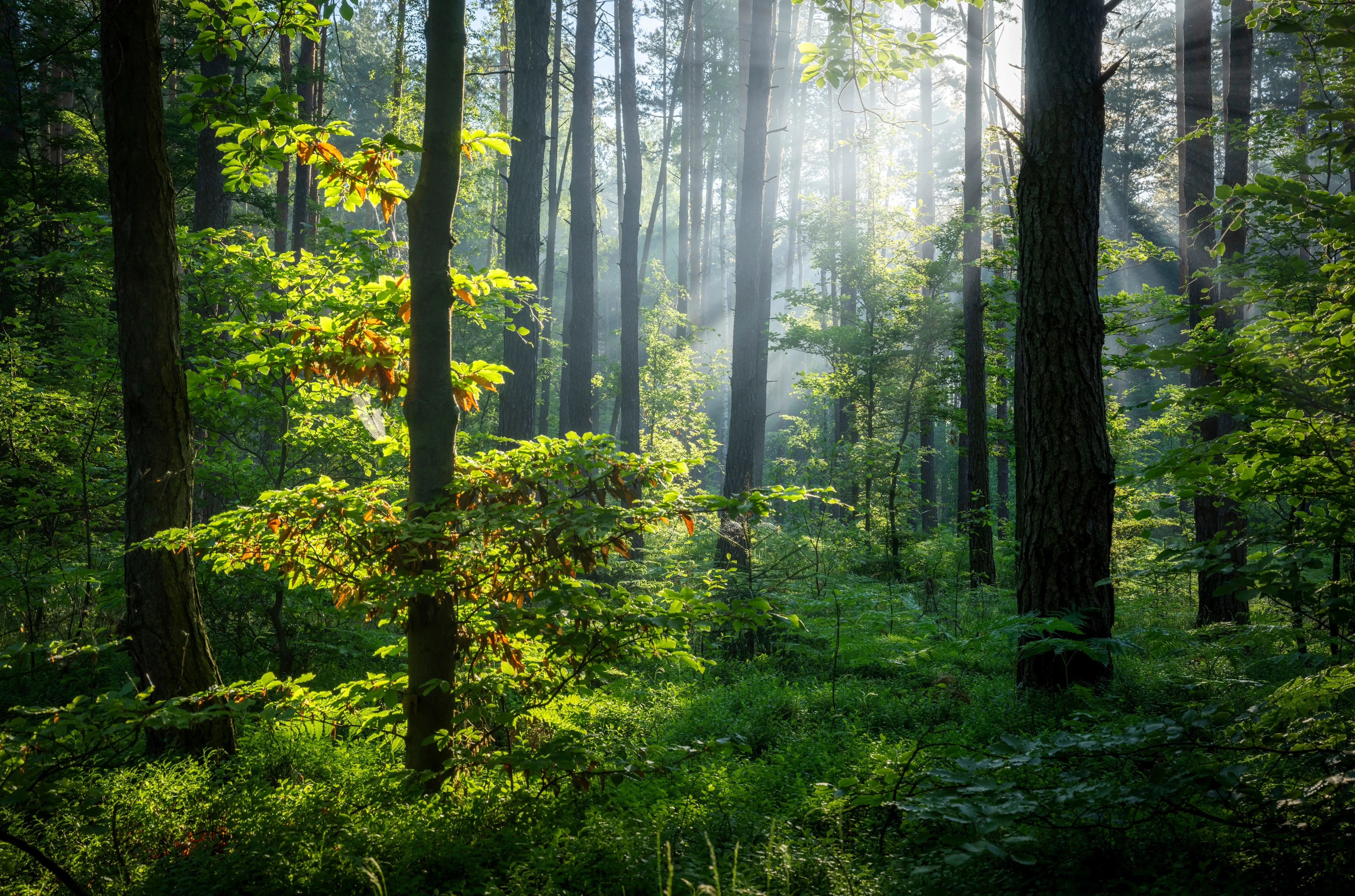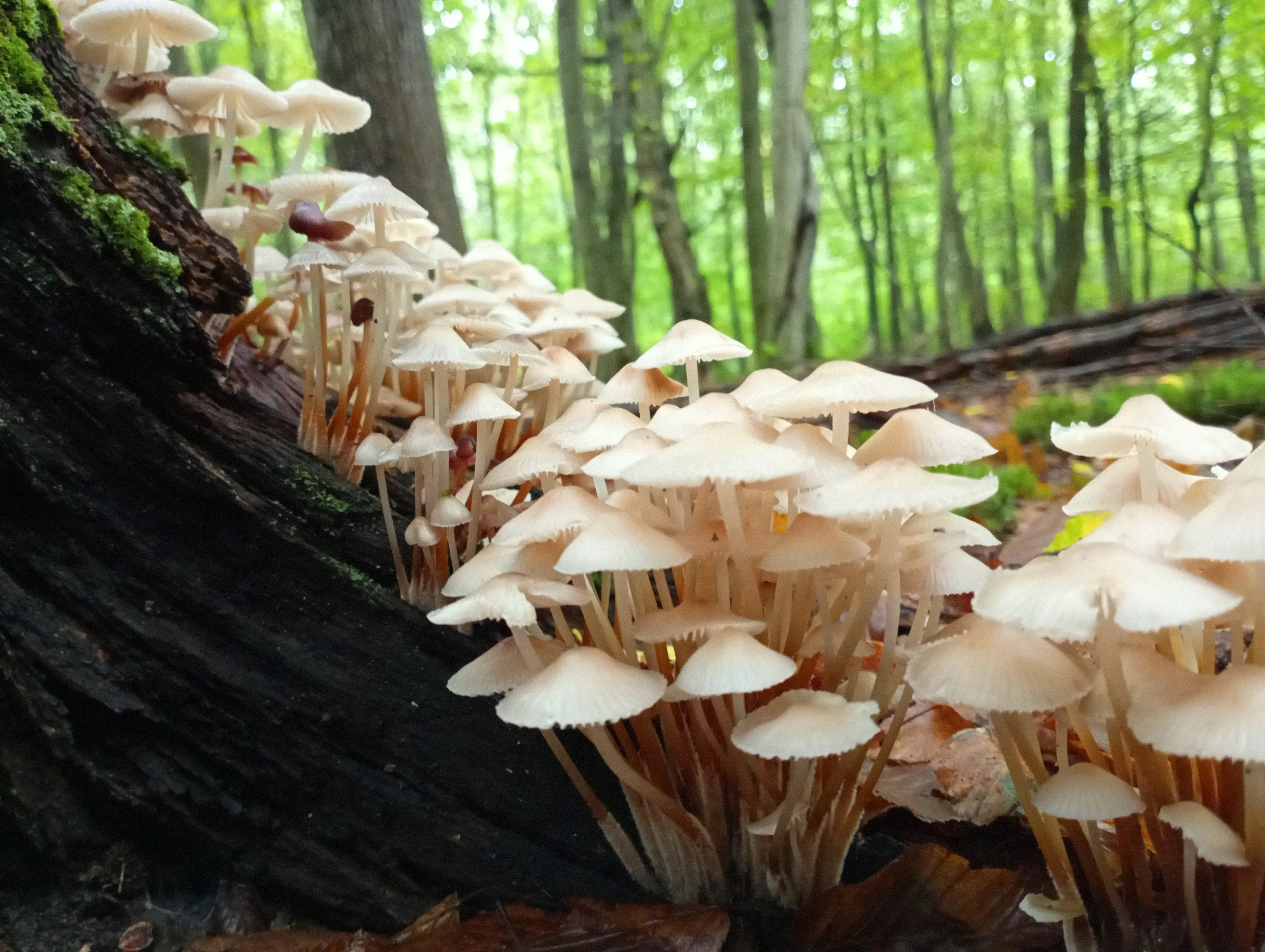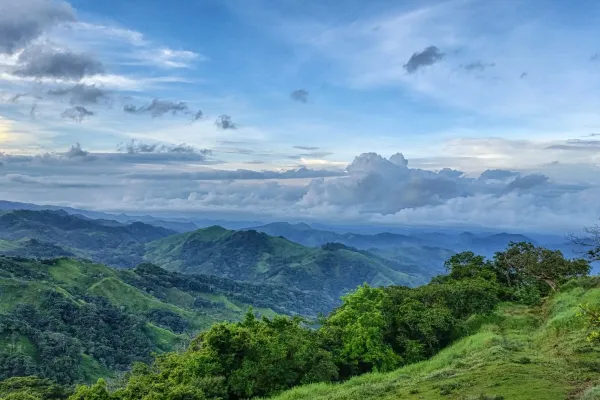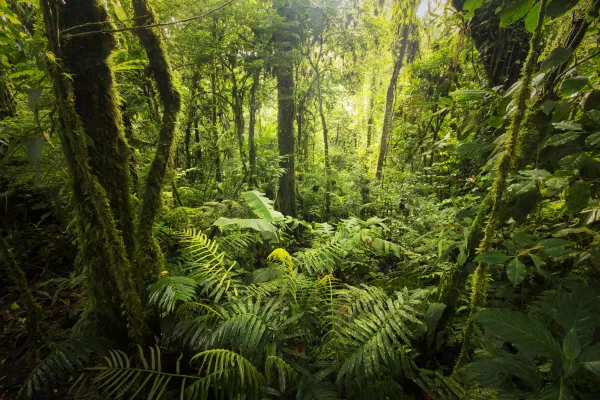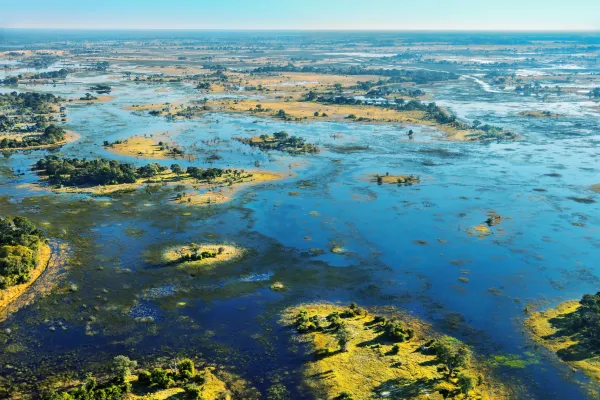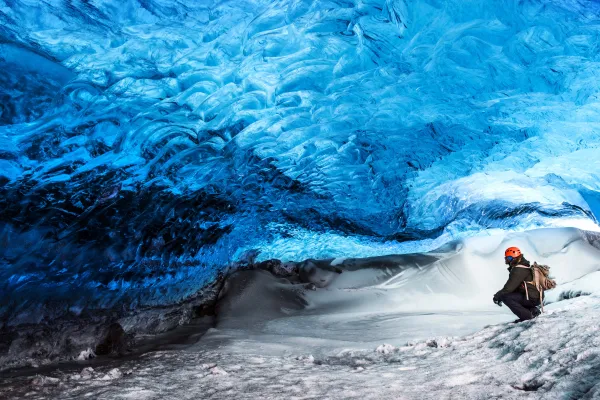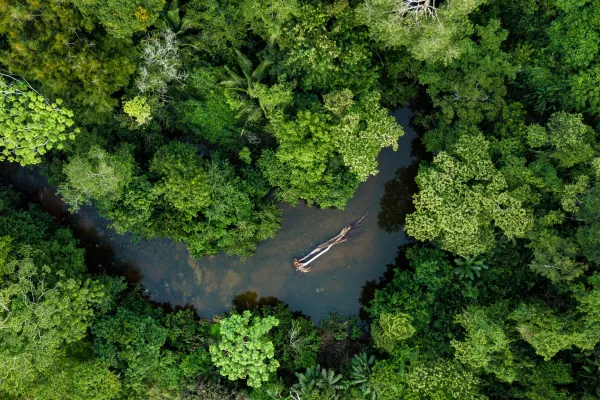Exploring ecology: understanding the basics
Ecosystems are complex systems that consist of living organisms and the non-living components of the environment in which they interact.
Ecosystems come in different shapes and sizes, ranging from small ponds to large forests, and each has its own unique set of components that make up its structure. However, there are a few key components that are essential to all ecosystems.
The role players of ecology
Hidden eroes: Abiotic components
The abiotic components of an ecosystem are the non-living factors that make up the physical environment. These include factors such as water, sunlight, temperature, soil, and air.
These components are essential for the survival of living organisms in an ecosystem.
For example, sunlight is necessary for photosynthesis in plants, which is the process by which they produce their food. Water is necessary for the survival of all organisms, and soil provides a substrate for plant growth.

From sunlight to sustenance: Producers
Producers are the organisms that produce food in an ecosystem. They are usually plants, but some bacteria and algae can also act as producers.
Producers are essential to the ecosystem because they are at the base of the food chain. They transform solar energy into chemical energy that other organisms in the ecosystem can utilise.
The main attraction: Consumers
Consumers are organisms that eat other organisms for food. There are three types of consumers: herbivores, carnivores, and omnivores.
Herbivores eat plants; carnivores eat other animals; and omnivores eat both plants and animals. Consumers are essential to the ecosystem because they transfer energy and nutrients from one organism to another.
Nature’s recyclers: Decomposers
Decomposers are organisms that convert decaying plant and animal matter into simpler substances so that other organisms in the ecosystem can use them.
Decomposers are essential to the ecosystem because they recycle nutrients back into the environment. Bacteria and fungi are examples of decomposers.
The stage
Ecology is the study of the relationships between living organisms and their environment. The field of ecology is vast, and it is essential to understand the fundamental concepts of habitats, ecosystems, symbiotic relationships, niches, food webs, nutrient cycles, and vegetation succession.
Habitats: A home for living organisms
A habitat is a place where living organisms can thrive, reproduce, and grow. It is a combination of environmental factors, including biotic and abiotic factors.
Biotic factors refer to the living organisms present in the environment, while abiotic factors refer to the non-living components such as temperature, light, water, and soil. Each organism has a unique set of needs for survival, and habitats vary from deserts, rainforests, grasslands, and aquatic environments.
Ecosystems: A community of living organisms
An ecosystem is a community of living organisms interacting with each other and the environment. Ecosystems can be small or large, and they range from ponds, coral reefs, forests, and deserts.
All ecosystems have one thing in common: they are self-sustaining and have a balance of organisms that rely on each other. They work together to keep the ecosystem healthy and functional.

Symbiotic relationships: The power of partnership
Symbiotic relationships are interactions between living organisms that benefit both parties involved. They can be mutualistic, commensalistic, or parasitic. Mutualistic relationships are where both organisms benefit. Commensalistic relationships are those where one organism benefits, and the other is neither helped nor harmed.
Parasitic relationships are those where one organism benefits at the expense of the other. These relationships can be essential for the survival of some species and highlight the interconnectedness of all life.
Niches: The role of an organism
A niche is the role an organism plays in the environment. Each organism has a specific set of needs, and its role is to fulfil those needs while also contributing to the ecosystem.
Niches can vary from primary producers to herbivores, carnivores, and decomposers. Understanding niches is essential to understanding how ecosystems function.
Food webs: The circle of life
Food webs are the interconnected food chains that show how organisms are connected to one another. It illustrates the flow of energy and nutrients within an ecosystem.
It is essential to understand that removing one organism from the food web can have significant consequences and can affect the entire ecosystem.
Nutrient cycles: The circle of life
Nutrient cycles are the movement of nutrients through an ecosystem.
Nutrients such as carbon, nitrogen, and phosphorus are cycled through an ecosystem in a continuous process. Nutrient cycles are essential for the survival of living organisms and the maintenance of the ecosystem.
Vegetation succession: The change in ecosystems
Vegetation succession is the change in the structure and composition of plant communities over time. It occurs due to natural disasters, human activities, or changes in environmental factors. The process can take hundreds of years and can result in a different ecosystem than what was initially present.
Overall, ecology is a very important field of study, and if you want to keep the environment healthy, you need to know the basics and keep exploring wider details about it.
The principles of habitats, ecosystems, symbiotic relationships, niches, food webs, nutrient cycles, and vegetation succession are all interconnected and critical for understanding how living organisms interact with the environment. It is important to take care of the environment and maintain its balance to ensure a sustainable future for all living organisms.
Sign up for the newsletter
By clicking on “Subscribe now” I will subscribe to the Conscious Explorer newsletter with all the information about mindful travel. Information on the success measurement included in the consent, the use of the shipping service provider MailChimp, logging of the registration and your rights of revocation can be found in our privacy policy.

